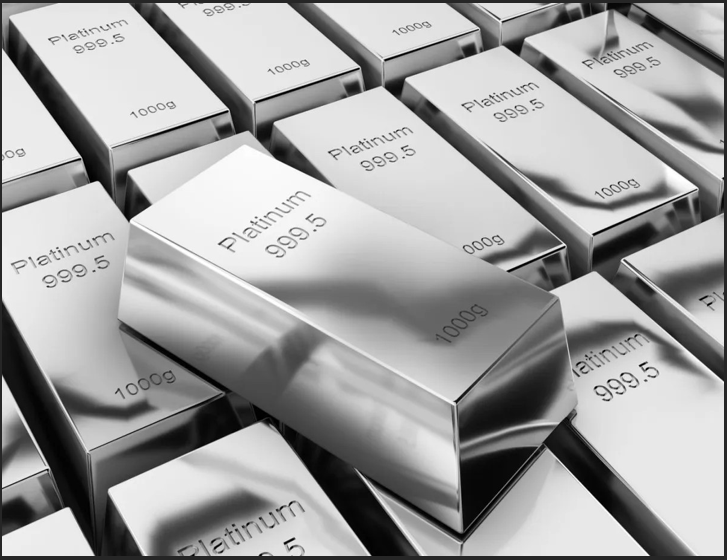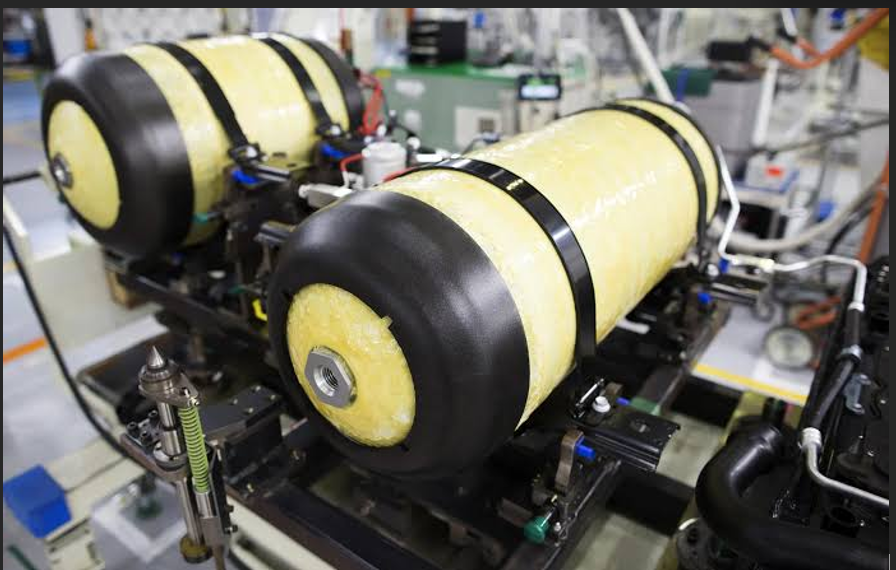In a rare twist of market dynamics, platinum—long considered the understated sibling to gold—is taking centre stage. The World Platinum Investment Council (WPIC) recently reported a surge in investment demand that’s driving platinum prices to multi-year highs. As global markets reevaluate safe-haven strategies, the precious metal’s new-found allure is fueled by a blend of industrial necessity, green-tech integration, and investor recalibration.

Investment-grade platinum bars at a global refinery.
Source: Oselote/Shutterstock
Why Is Platinum Surging Now?
According to WPIC’s Q2 report, platinum bar and coin sales rose sharply across major investment hubs like Germany, the U.S., and China. Simultaneously, ETF inflows turned positive for the first time in nearly two years, signaling renewed retail and institutional confidence.
Several macroeconomic and sector-specific forces are at play:
- Platinum-to-gold ratio: Historically undervalued, platinum now trades at a 50% discount to gold, attracting contrarian investors.
- Hydrogen economy boom: Platinum’s catalytic role in hydrogen fuel cells is pushing demand from energy tech sectors.
- Automotive rebound: Stricter emission norms globally have led to a revival in platinum-heavy catalytic converters, especially in diesel segments.
These demand-side drivers are converging just as mine supply remains largely flat, creating the perfect conditions for a price breakout.
Platinum vs Gold: Is the Narrative Shifting?
For decades, gold has dominated headlines as the quintessential store of value. But in 2025, platinum is quietly rewriting that narrative.
While gold has held steady in response to central bank rate pauses and inflation anxieties, platinum has outperformed in year-to-date gains—up over 19% compared to gold’s 11%. Market watchers suggest that platinum’s dual character—both as a precious investment asset and a critical industrial metal—makes it uniquely positioned for this decade.
Unlike gold, which is hoarded and rarely used industrially, platinum’s industrial usage spans hydrogen electrolysis, EV components, lab equipment, and jewellery—making it indispensable in a green transition era.
The Hydrogen Play: Platinum’s Underrated Superpower
Perhaps the most transformative catalyst for platinum lies in the hydrogen economy. The push toward net-zero emissions by 2050 has elevated the role of hydrogen as a clean alternative fuel—and platinum sits at the heart of that ecosystem.
Hydrogen fuel cells and electrolysers depend heavily on platinum-group metals (PGMs), especially in the proton exchange membrane (PEM) technology that dominates clean energy infrastructure. Governments in the EU, South Korea, Australia, and the U.S. have already earmarked billions in subsidies to fast-track this transition.
According to a BloombergNEF report, platinum demand from green hydrogen could triple by 2030, adding long-term tailwinds to its valuation.

A hydrogen fuel cell vehicle under development in Tokyo.
Source: Bloomberg Green
Investment Demand Roars Back
For investors, the return of platinum as a viable alternative asset has triggered record bar and coin purchases. WPIC notes that Germany alone accounted for 56% of global bar and coin demand in Q2 2025.
Online bullion platforms, traditionally dominated by gold and silver, are now reporting platinum product shortages, a rare occurrence not seen since the early 2000s. Australian and South African mints, where most global platinum is refined, are also ramping up production to meet investor appetite.
In a world where inflation remains sticky and equity markets volatile, platinum’s tangible scarcity and growing relevance offer an attractive hedge.
Supply Constraints Add Fuel to the Fire
While demand soars, the supply side tells a different story. Top producers like South Africa, Russia, and Zimbabwe are facing headwinds ranging from power shortages and political unrest to logistical bottlenecks.
South African PGM output, which accounts for nearly 70% of global supply, dropped 5.6% in Q1 2025 due to load-shedding and regulatory delays. Russia’s output, already constrained by sanctions, has further been disrupted by internal export redirection policies.
This imbalance is putting upward pressure on spot and futures prices, with analysts forecasting a possible $1,400/oz platinum benchmark by Q4—levels not seen since 2011.
Key Metrics & Market Insights
| Indicator | Value / Insight |
| Platinum spot price (June 2025) | $1,278/oz (↑19% YTD) |
| Platinum-to-gold ratio | ~0.51 (historical average ~0.85) |
| Global bar/coin demand YoY | ↑ 33% |
| South African production (Q1) | ↓ 5.6% |
| Hydrogen-linked demand growth | Projected 3x increase by 2030 |
Conclusion: Platinum’s Time to Shine?
As macroeconomic volatility, climate policy, and investment realignment reshape metal markets, platinum is emerging as an unexpected star.
What was once seen as a jewellery metal or a catalytic converter commodity is now being rebranded as a clean-energy cornerstone and inflation hedge. If the current momentum holds, 2025 may be remembered as the year platinum stepped out of gold’s shadow—not just in price, but in purpose.
Investors and analysts alike are beginning to ask: Is platinum the precious metal of the future?

